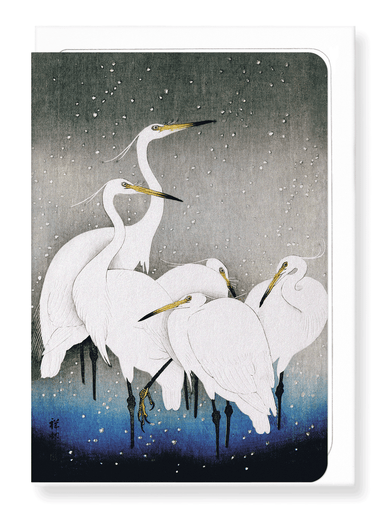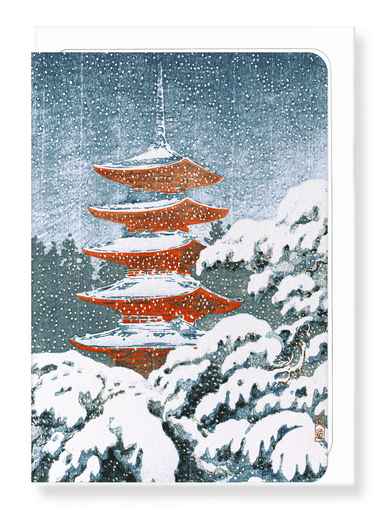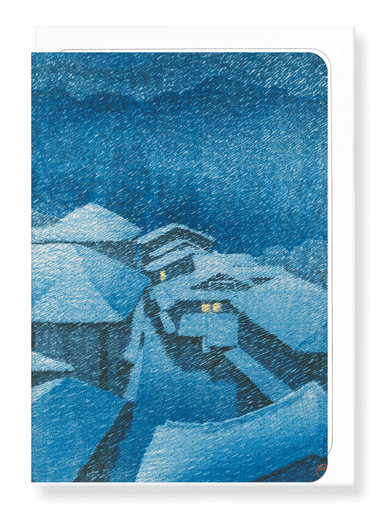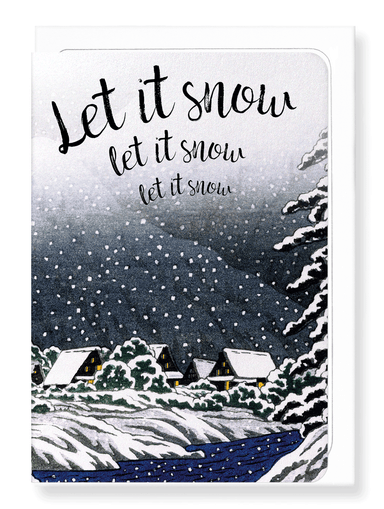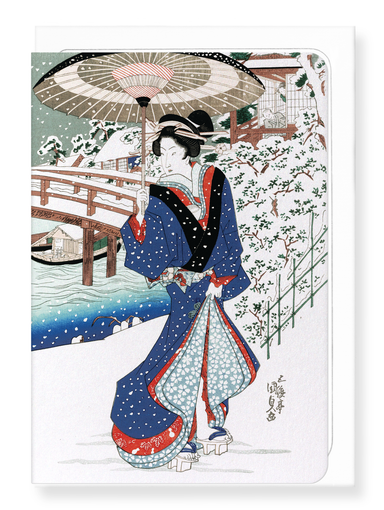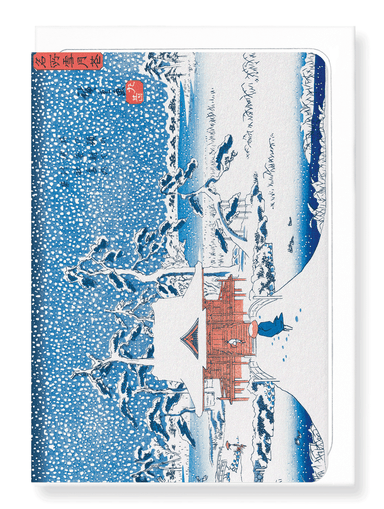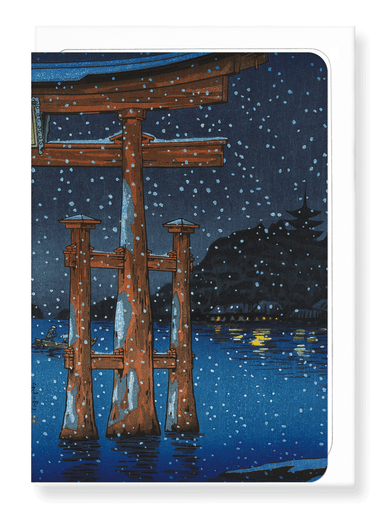Greeting card

WINTER WILLOWS (1937)
Text on the reverse side:The willow tree is a symbol of grace and strength. The artist, Koitsu, was born in 1870, and often utilised the subtle use...
View full details












